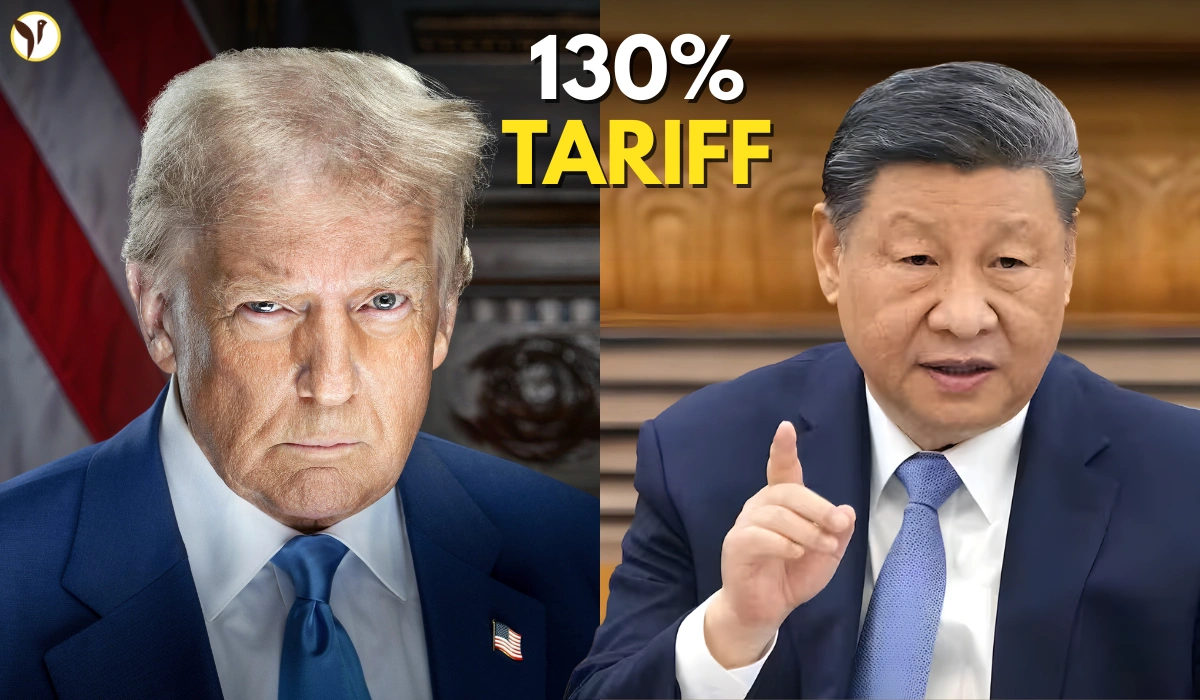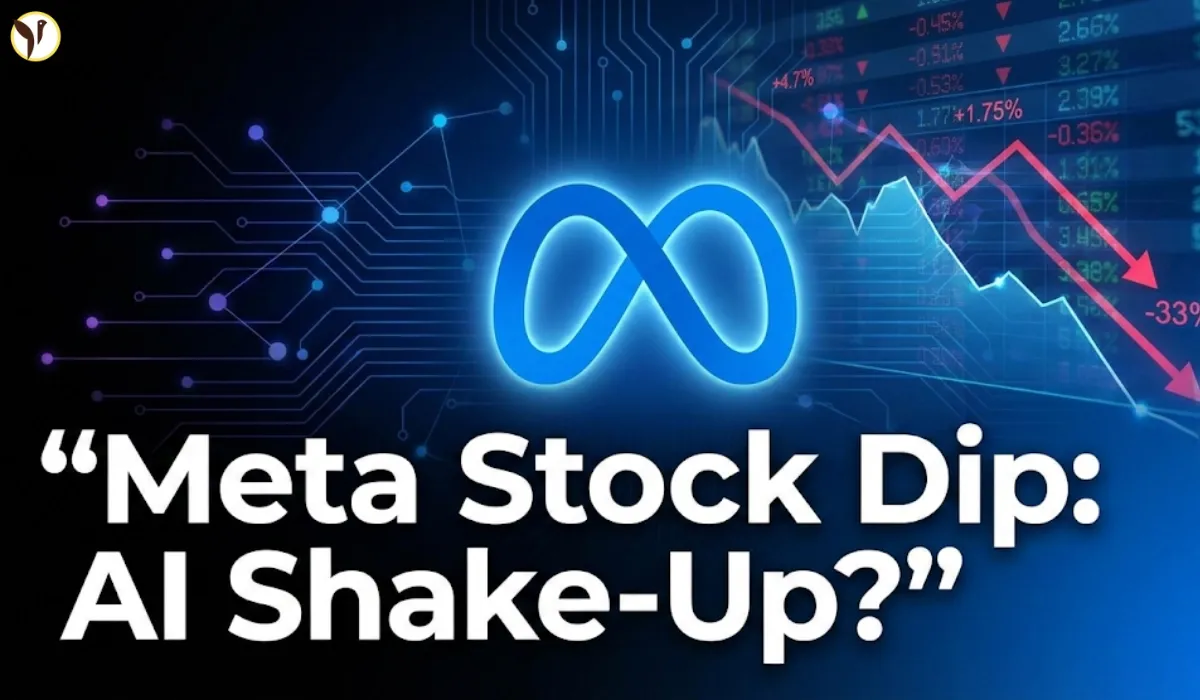US China Tariff War: On October 2025, when President Donald Trump imposed 100% tariffs on Chinese imports, it was just a continuation of the ongoing trade conflict. Coupled with the pre-existing 30% tariffs, this meant a total of 130% tariffs on all Chinese import goods. These latest tariffs came as a response to China's limitations on the exports of rare earth minerals. These minerals are essential to the technologies of the defense industry, as well as the civilian sector.
Why Did Donald Trump Impose Additional 100% Tariff on China?
This followed an announcement by China of strict controls on the exports of rare earth minerals used in the production of electric vehicles, smartphones, processors, and military weaponry. China was deemed to be employing an 'aggressive trade tactic' by the US, which controls a host of the critical trade components to the global marketplace.
Donald Trump quoted “extraordinarily aggressive” and a “moral disgrace in international trade” to describe China’s actions. He articulated that China’s actions violated global supply chains while also impacting the technological and industrial sectors of America. Trump proceeded to warn on Truth Social that it was the tariffs which would be imposed first in the event that further actions were taken against US interests by China.
LATEST 💥 💥 💥
— Freedom (@FreedomsFren) October 11, 2025
In an effort to retain world dominance China miscalculates President Trumps ambition to compete and now face a 100% tariff from November 1st. pic.twitter.com/BSM7EqSWYg
What Does a 130% Tariff on China Mean for Trade?
Because of the new surcharge, the effective tariff on imports from China equals 130%. If the tariff is expected to double the price of Chinese goods, it is likely to cut off bilateral trade. Steep tariffs, economists claim, could result in a decline in global economic growth, supply chain disruptions, and the monopolizing of trade from China and the United States.
Impact of the Adiitional 100% Tariff on the Stock Market
U.S. major stock indexes suffered a sharp decline. The Nasdaq fell 3.6% and the S&P 500 dropped 2.7%, which is the largest single-day decline in the stock market since April 2025 when volatility from similar tariff threats occurred. This is most likely the result of a fear in the market of increased tariffs leading to high inflation and low corporate profits to companies that depend on Chinese supply chains and imports, which include technology, automotive and manufacturing.
Trade War Reignites
— Clash Report (@clashreport) October 11, 2025
After Beijing tightened rare-earth export controls, President Trump announced a new 100% tariff on all Chinese imports and potential U.S. tech export bans.
Stocks: S&P 500 −2.7%, Nasdaq −3.6%, Dow −1.9% — worst day since April; Tech and semiconductors hit… pic.twitter.com/TtI8IwLXSb
Export Controls on Critical Software
Also starting November 1, 2025, all critical software to China and Trump tariffs won’t apply. This is targeting U.S. tech products that are crucial in cloud computing, AI, and defense technologies in order to prevent China from advancing in high-tech technology. Following some relief earlier this year, the U.S.-China trade relationship constitutes another series of drawn-out tensions. This involves the militarization of trade coupled with technology, hegemony, and security.









